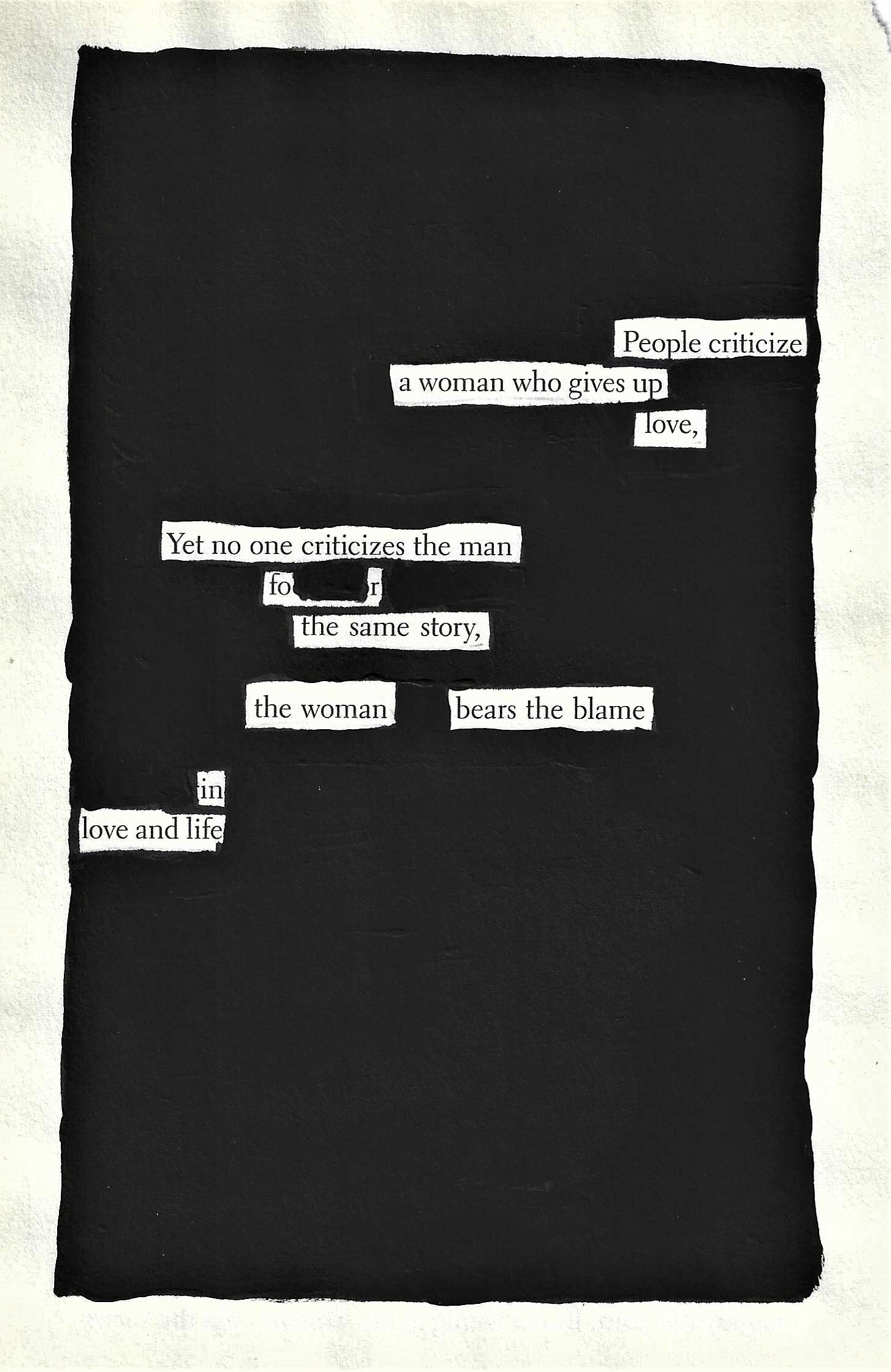Understanding The Health Threats Of Synthetic Braids In Black Women

Table of Contents
Traction Alopecia and Hair Loss from Synthetic Braids
Tightly braided hairstyles, especially those involving synthetic extensions, are a significant contributor to traction alopecia. Understanding the mechanics of this condition is crucial for prevention and treatment.
The Mechanics of Traction Alopecia
Traction alopecia results from prolonged pulling on hair follicles. The constant tension from tight braiding causes:
- Inflammation of the hair follicle: The follicle becomes irritated and inflamed, hindering hair growth.
- Weakening of the hair shaft: Continuous stress leads to breakage and thinning of the hair.
- Scarring alopecia: In severe cases, the constant pulling can cause permanent damage and scarring, resulting in irreversible hair loss.
The prevalence of traction alopecia is alarmingly high among Black women who frequently wear tight hairstyles like synthetic braids, cornrows, and weaves. Early detection and intervention are critical to prevent permanent damage.
Identifying Symptoms of Traction Alopecia
Recognizing the symptoms of traction alopecia early is vital for effective treatment. Look out for:
- Receding hairline: Noticeable hair loss along the hairline, particularly at the temples and forehead.
- Thinning hair: Gradual reduction in hair density across the scalp.
- Scalp tenderness: Pain or sensitivity in the areas where braids are tightest.
- Itching and inflammation: Redness, swelling, and intense itching around the hair follicles.
If you notice any of these symptoms, consult a dermatologist or trichologist immediately. Early intervention can often reverse the hair loss before it becomes permanent.
Scalp Infections and Irritation from Synthetic Braids
Synthetic braids, particularly when worn for extended periods, create a warm and moist environment that fosters the growth of bacteria and fungi.
Bacterial and Fungal Infections
The close proximity of the braids to the scalp creates a breeding ground for various infections, including:
- Folliculitis: Inflammation of the hair follicles, often manifesting as small, pus-filled bumps.
- Tinea capitis (ringworm): A fungal infection characterized by itchy, scaly patches on the scalp.
Maintaining meticulous scalp hygiene is paramount to preventing these infections. Regular cleansing with gentle, anti-fungal shampoos and ensuring proper braid installation techniques are vital.
Allergic Reactions to Synthetic Materials
Synthetic hair extensions, adhesives, and hair products used in the braiding process can trigger allergic reactions in some individuals. Symptoms may include:
- Itching: Intense scalp itching, often accompanied by redness and inflammation.
- Rash: A bumpy, irritated rash around the hairline or scalp.
- Inflammation: Swelling and redness of the scalp.
Always choose hypoallergenic products whenever possible and consider performing a patch test before applying any new product to your scalp. If an allergic reaction occurs, discontinue use immediately and consult a dermatologist.
Damage to Natural Hair from Synthetic Braids
The weight and tension of synthetic braids, coupled with improper installation techniques, contribute significantly to damage of your natural hair.
Breakage and Split Ends
The weight of synthetic hair extensions can put excessive stress on the natural hair, leading to:
- Breakage: Hair breakage at the roots or along the shaft.
- Split ends: Hair strands splitting at the tips, leading to further breakage and damage.
Prolonged wear and tight braiding significantly exacerbate this damage. Regular removal and periods without braids allow the hair to recover.
Dryness and Damage from Chemical Treatments
Chemical treatments, often applied to synthetic braids or natural hair underneath, can cause further dryness and damage, including:
- Dryness and brittleness: The chemicals can strip the hair of its natural oils, leaving it dry, brittle, and prone to breakage.
- Color damage: Chemical treatments can alter hair color and texture, resulting in unnatural looking and damaged hair.
Opt for gentler hair care routines, focusing on deep conditioning treatments and avoiding harsh chemicals.
Minimizing the Risks Associated with Synthetic Braids
While synthetic braids offer undeniable aesthetic appeal, minimizing their potential health risks requires careful consideration.
Choosing the Right Stylist
Selecting a skilled and experienced stylist is crucial for minimizing the risk of traction alopecia and other complications.
- Look for reviews and recommendations: Research stylists known for their expertise in protective styling.
- Consult before installation: Discuss your hair concerns and desired style to ensure it is safe and appropriate for your hair type.
- Observe hygiene practices: Choose a stylist who maintains a clean and hygienic work environment.
Communication with your stylist is paramount. Discuss proper installation techniques and your concerns.
Proper Hair Care Practices
Maintaining healthy hair care practices is just as important as selecting the right stylist.
- Regular scalp massages: Stimulate blood flow and promote hair growth.
- Proper cleansing: Use gentle, sulfate-free shampoos to prevent dryness.
- Deep conditioning: Nourish and moisturize your hair regularly to minimize breakage.
- Avoid excessive heat styling: Limit the use of heat tools to prevent damage.
- Give your hair a break: Allow your scalp to breathe by removing the braids regularly.
Remember, avoiding the negative consequences associated with synthetic braids health risks requires a proactive and holistic approach to hair care.
Conclusion
Synthetic braids offer a versatile and stylish option, but understanding the potential synthetic braids health risks is paramount. By being aware of traction alopecia, scalp infections, and hair damage, and by implementing preventative measures like choosing experienced stylists and practicing good hair hygiene, Black women can minimize the risks associated with synthetic braids and maintain healthy, beautiful hair. Remember to prioritize your hair health and make informed choices about your hairstyle. Consult a dermatologist or trichologist if you experience any concerning symptoms. Protecting your hair is crucial; make informed decisions about your hairstyles to avoid the negative consequences associated with synthetic braids health risks.

Featured Posts
-
 Comedy Central Hd Stream Bad Moms Now
May 27, 2025
Comedy Central Hd Stream Bad Moms Now
May 27, 2025 -
 1923 Season 2 Episode 5 Free Streaming Options Tonight
May 27, 2025
1923 Season 2 Episode 5 Free Streaming Options Tonight
May 27, 2025 -
 Survivor Season 48 Finale How To Watch And Stream Live
May 27, 2025
Survivor Season 48 Finale How To Watch And Stream Live
May 27, 2025 -
 Germaniya Uvelichivaet Voennuyu Podderzhku Ukrainy Do E11 Mlrd
May 27, 2025
Germaniya Uvelichivaet Voennuyu Podderzhku Ukrainy Do E11 Mlrd
May 27, 2025 -
 Fourth Wing Tv Series Dylan Efrons Exclusive Casting Demand
May 27, 2025
Fourth Wing Tv Series Dylan Efrons Exclusive Casting Demand
May 27, 2025
Latest Posts
-
 Investigating Spains Blackout The Iberdrola Grid Blame Game
May 31, 2025
Investigating Spains Blackout The Iberdrola Grid Blame Game
May 31, 2025 -
 Spains Energy Crisis Deepens After Blackout Iberdrolas Role In Question
May 31, 2025
Spains Energy Crisis Deepens After Blackout Iberdrolas Role In Question
May 31, 2025 -
 The Spanish Blackout Iberdrolas Accusation Shifts Focus To Grid Management
May 31, 2025
The Spanish Blackout Iberdrolas Accusation Shifts Focus To Grid Management
May 31, 2025 -
 Spanish Blackout Whos To Blame Iberdrola Points To Grid Failure
May 31, 2025
Spanish Blackout Whos To Blame Iberdrola Points To Grid Failure
May 31, 2025 -
 Blackout In Spain The Iberdrola Grid Dispute Heats Up
May 31, 2025
Blackout In Spain The Iberdrola Grid Dispute Heats Up
May 31, 2025
